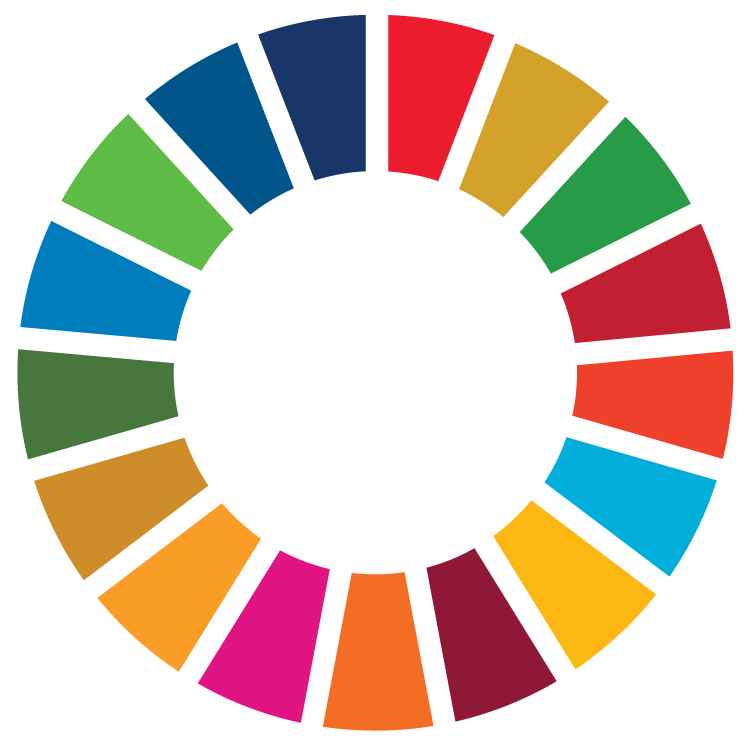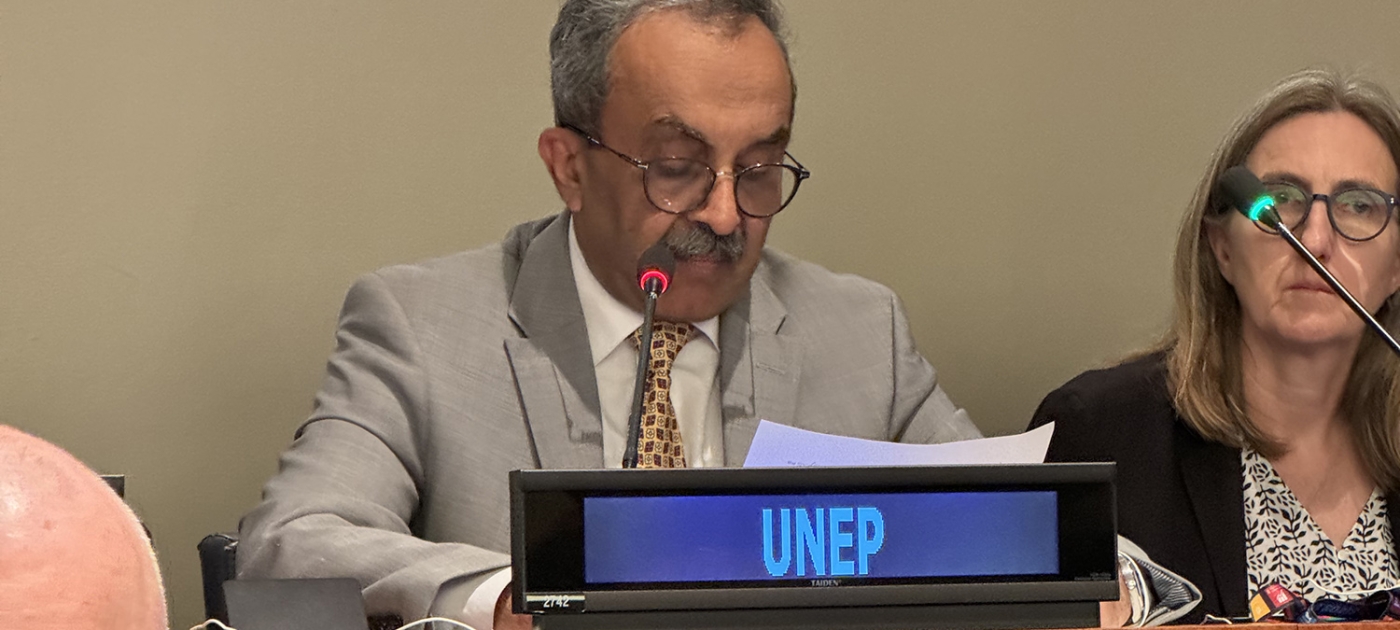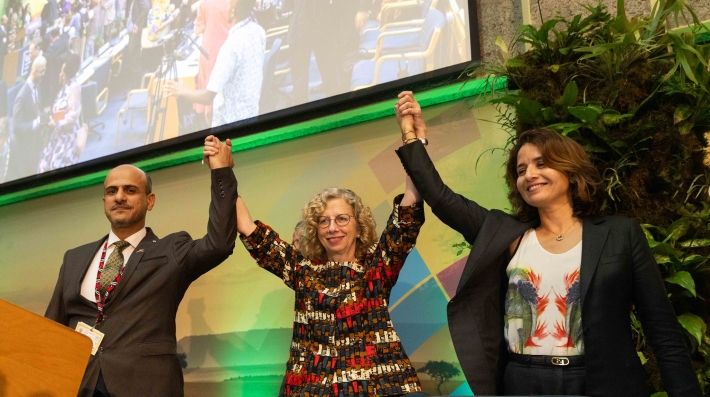H. E. Paula Narvaez, President of the Economic and Social Council,
Excellencies,
Distinguished delegates,
Ladies and gentlemen,
The rule of law in environmental matters is crucial for achieving SDG16 and, by extension, all Sustainable Development Goals. It forms the foundation of sustainable decision-making at all levels, ensuring the implementation of multilateral environmental agreements and safeguarding our future.
Environmental rule of law ensures that laws are widely understood, respected, and enforced, allowing everyone to benefit from environmental protection. This is key to addressing the planetary crises of climate change, biodiversity loss and pollution.
Effective laws and empowered institutions provide the necessary environment to deliver on the 2030 Agenda's environmental dimensions. UNEP has been working on target 16.3, which emphasizes the promotion of the rule of law at national and international levels. For example, in the case participatory rights, including access to information indicators, it is important to include environmental human rights defenders in measurements of the detention and killings of people exercising civil and political rights.
Regional instruments play a vital role by enhancing access to information, justice, and public participation in environmental matters. They help break down silos between sectors and promote collaboration, which is essential for protecting human rights and preventing the worst disasters.
UNEP's focus on environmental rule of law underscores its importance as a beacon for overcoming environmental challenges. The integrated nature of environment-related rights requires us to work together, leveraging international cooperation to protect human rights and avert crises.
Excellencies,
UNEP has been supporting the international community to recognise and operationalise the relationship of the environment and SDG16, as well as the interlinkages of SDG16 with the rest of the SDGs and the overall implementation of the 2030 Agenda for Sustainable Development. These efforts demonstrate that the true value of the SDGs lies not in rigid targets or indicators, but in their potential to highlight the interconnectedness of these themes. For instance, using conflict as an example, by addressing the environment, we can move beyond traditional state-centric security perspectives and embrace a more comprehensive view that includes human security. This holistic approach not only increases visibility and engagement but also addresses the needs of communities most impacted by the environmental causes and consequences of conflicts.
It is in SDG16’s crosscutting and whole-of-society approach that we find hope woven into 2030 Agenda at large.
Thank you.








